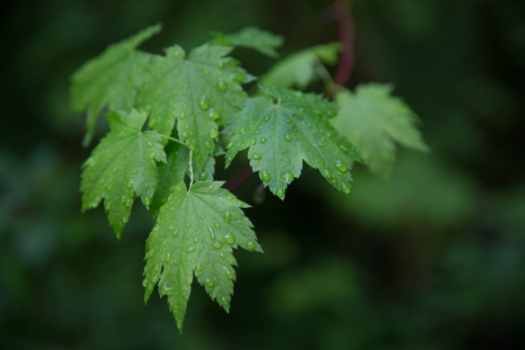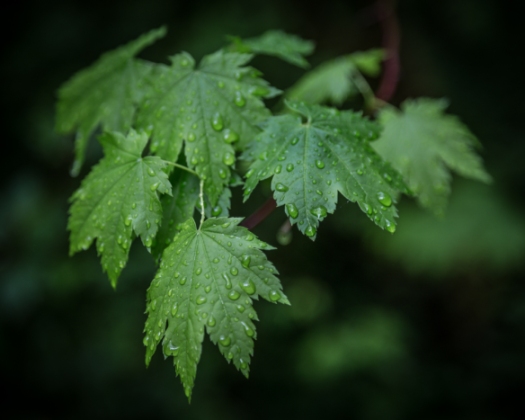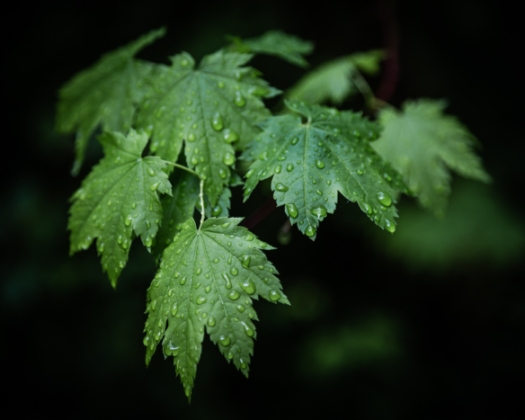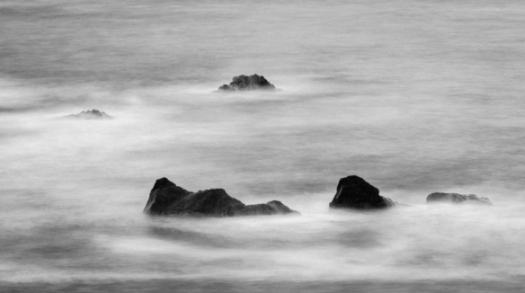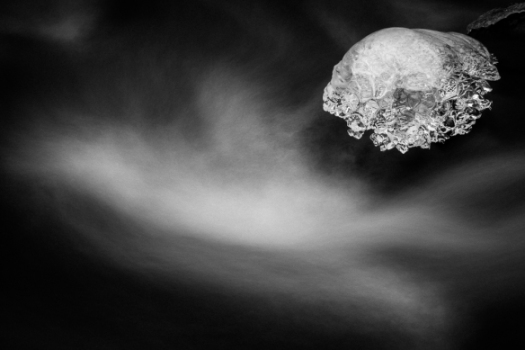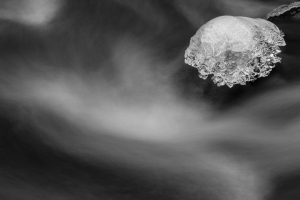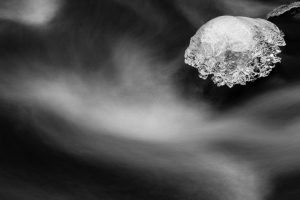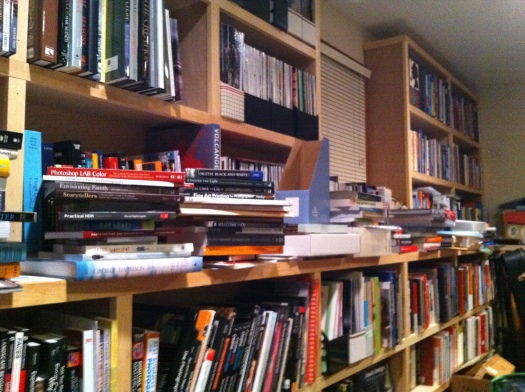As I look around for ‘how to’ resources for lightroom and photoshop one of the people that I continually come back to is Julieanne Kost. Julieanne is the Principal Digital Imaging Evangelist for Adobe Systems, which means that she spends much of her time on the road speaking at conferences and teaching how to get the most out of lightroom and photoshop. I recently worked through her ‘Advance Photoshop Layers‘ course on the CreativeLive site which was excellent. She’ll be teaching during the upcoming Photoshop week on CreativeLive which will be worth checking out.
Many of the examples that Julieanne uses during her demonstrations are from her personal projects. Her book Window Seat is quite interesting and now available as a digital book. Well worth a look. It’s the photoillustrations, such as the one above, that of course really capture my attention given my interest in assembling images from parts. Check out the videos below to see more of how these are constructed:




